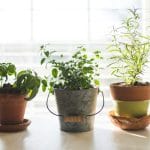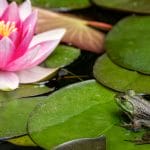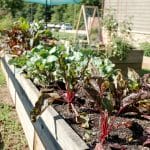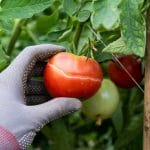A Gardener’s Guide to Herbs That Actually Thrive
Guides Herbs In The Garden
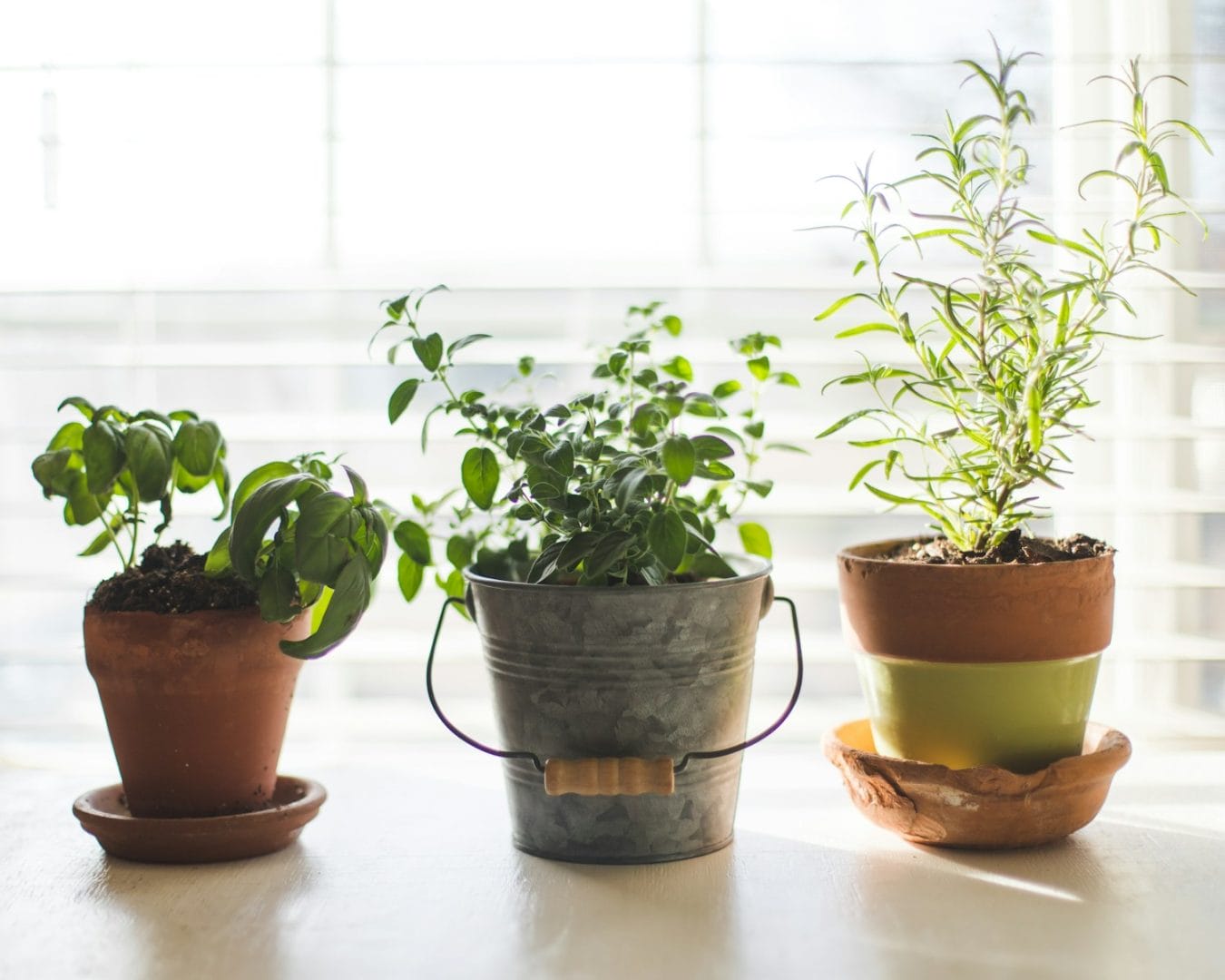
You know the feeling: you buy a bundle of herbs from the grocery store, bring it home, use three sprigs, and by day four it’s already flopping over in the fridge like it just gave up on life. Basil turns black. Cilantro gets that gross slime at the base. Parsley pretends it’s still alive, but it’s mostly stems and disappointment.
That’s how I got serious about growing herbs at home. I figured, if I’m going to be throwing something in the compost pile anyway, I might as well grow it myself and cut out the soggy middleman.
What I’ve learned over the years—through some wins, some failures, and a whole lot of trial and error—is that herbs are surprisingly forgiving once you understand what they like. And they don’t need much. A pot, some decent soil, and the right kind of light go a long way.
So here’s a real-world guide to herbs that actually thrive—indoors, outdoors, in pots, in raised beds, and even in that sunny corner of your kitchen where nothing else seems to grow.
Start with Herbs That Like You Back
I’m just going to say it: not all herbs are worth growing. Some are finicky, bolt in a heartbeat, or taste like chewing on a pine tree no matter how you prep them. But a handful of herbs? These are the ones that want to grow. They’re the garden equivalent of that low-maintenance friend who’s always up for a hangout and never makes things weird.
Here are my go-to herbs that have stood the test of time, heat, cold, neglect, and the occasional overwatering by an enthusiastic kid with a watering can.
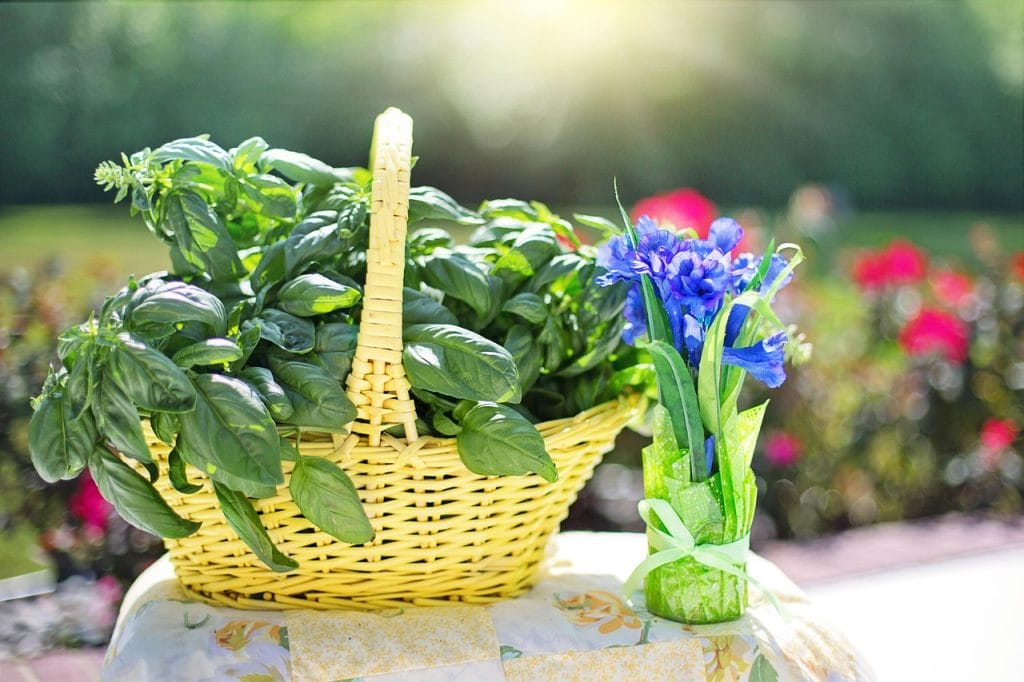
1. Basil
Best for: Outdoor pots, raised beds, hydroponic setups
Loves: Full sun, warm temps, regular harvesting
Struggles: Indoors in winter, cold drafts
If you only grow one herb, make it basil. It’s fast, fragrant, and makes you feel like a gardening genius within two weeks of planting. I start mine from seed in late spring, either in compost-rich soil in the garden or in small pots by the back door.
The trick? Keep pinching it. Seriously. Pinch early, pinch often. Don’t let it flower unless you’re ready to say goodbye. I’ve grown it in hydroponic buckets in my garage under shop lights and in garden beds surrounded by tomatoes. It likes friends but hates cold feet—so make sure the soil warms up before planting outside.
2. Thyme
Best for: Rock gardens, raised beds, window boxes
Loves: Sun, well-drained soil, neglect
Struggles: Wet roots, heavy clay
Thyme is what I call a “set it and forget it” herb. I planted it once in a sunny, slightly dry corner of the garden, and I’m pretty sure it’s going to outlive me. It likes to be ignored. I’ve also grown it in a crack between pavers, and it just kept going.
Clip it back hard once a season, and it rewards you with bushy regrowth. Great for tossing on roasted veggies, and even better when you can just walk outside and grab a handful.
3. Chives
Best for: Small pots, garden edges, anywhere with sun
Loves: Cool weather, part sun
Struggles: Deep shade, soggy soil
Chives are the herb version of a green onion that doesn’t ask much. I’ve had the same clump coming back in my side yard for six years straight. The purple flowers are edible too—mild and a little peppery—and bees love them.
I’ve even tucked chives into a hydroponic unit by the kitchen sink and gotten snips all winter long. Just don’t overwater and they’ll do great.
4. Parsley
Best for: Raised beds, containers
Loves: Partial sun, steady moisture
Struggles: High heat, low humidity
I’ll be honest—parsley and I had a rocky start. The first few times I grew it, it bolted faster than I could say tabbouleh. But once I figured out it likes cooler temps and moist soil, we made peace.
Flat-leaf (Italian) parsley is better for cooking, but curly is more forgiving if you’ve got hotter summers. I tuck mine next to lettuce or spinach, where it gets a bit of shade. Mulch helps keep it from drying out.
5. Mint
Best for: Containers only (trust me)
Loves: Moist soil, morning sun
Struggles: Being contained—but it must be
Let me just say this: never put mint in your garden bed. Not unless you want it to take over your zip code. Mint is aggressive. It’ll creep under boards, over concrete, through fences—it doesn’t care.
That said, it’s incredibly useful and easy to grow. I’ve got three kinds in separate pots on my back patio: spearmint, chocolate mint, and one rogue cutting I got at a plant swap that tastes vaguely like lemon and mystery.
Keep the soil damp and cut it back hard if it starts to sulk. It’ll bounce back like it’s got something to prove.
6. Oregano
Best for: Raised beds, dry borders, containers
Loves: Sun, dry soil
Struggles: Heavy shade, overwatering
This one thrives on neglect. I once planted oregano in the worst patch of dry soil in my front yard—basically a gravel pit—and it’s still going strong years later. You can snip leaves all season and even harvest some right before it blooms for peak flavor.
It’s not picky, and once established, it’ll even shrug off droughts like nothing happened.
Where to Grow Your Herbs (Even If You’re Short on Space)
Herbs don’t need much space, and most are totally happy growing in containers. Whether you’ve got a full garden or just a tiny balcony, you’ve got options.
Raised Beds & Garden Beds
Perfect for sun-loving herbs like basil, oregano, thyme, and parsley. Just mix in compost or worm castings to keep the soil lively. I plant basil next to tomatoes and marigolds—seems to help everyone get along.
Containers & Pots
Great for mint (so it doesn’t escape), chives, thyme, and compact varieties of basil. I’ve got a few big terra cotta pots by the back door with herbs I use the most. That way I don’t have to wander too far when I’m barefoot and cooking dinner.
Indoors (Windowsills, Hydroponics, Kitchen Counters)
This is where my winter herbs live. I’ve grown basil, parsley, chives, and even oregano in a cheap hydroponic kit under a grow light in the garage. No soil, no bugs, just water and patience. Windowsills also work, but make sure they get at least 4–6 hours of sunlight or supplement with a grow light.
Herb Growing Tips I Wish I Knew Sooner
- Start with good soil. Herbs aren’t too picky, but they hate compacted, dead dirt. A mix of compost, light potting soil, and a touch of sand for drainage works well.
- Harvest often. The more you trim (correctly), the bushier your plants get. Letting basil or cilantro flower early usually means game over.
- Water in the morning. It gives the plants time to dry out before evening, which keeps mildew at bay—especially in pots.
- Use mulch. A thin layer of straw or shredded leaves around outdoor herbs keeps moisture in and weeds out.
- Don’t overthink it. Herbs are tougher than they look. If one dies, just try again. I’ve composted more basil seedlings than I care to count—and I still grow it every year.
Final Thoughts from the Side Yard
If you’re tired of buying wilted herbs that barely make it to the weekend, try growing your own. Even a single pot of basil or chives can make a big difference in your cooking—and your connection to the garden.
You don’t need a fancy setup or a green thumb that never fails. You just need a little light, a little patience, and maybe a willingness to experiment. Worst case? You compost it and try again. Best case? You step outside, snip a few fresh leaves, and bring real flavor to the table—without a trip to the store.
And if you’ve got a favorite herb that thrives in your yard or windowsill, I’d love to hear about it. I’m always up for trying something new. After all, half of gardening is curiosity.
And the other half? Dirt under your nails and dinner that tastes better because you grew it yourself.
Share this post
Table of Contents
- Start with Herbs That Like You Back
- 1. Basil
- 2. Thyme
- 3. Chives
- 4. Parsley
- 5. Mint
- 6. Oregano
- Where to Grow Your Herbs (Even If You’re Short on Space)
- Raised Beds & Garden Beds
- Containers & Pots
- Indoors (Windowsills, Hydroponics, Kitchen Counters)
- Herb Growing Tips I Wish I Knew Sooner
- Final Thoughts from the Side Yard
All categories
More From The Garden
Disclosure: This post may contain affiliate links. That means if you click and buy, The Bright Garden may earn a small commission, at no extra cost to you. We only recommend products we’ve vetted and believe will benefit our readers.

